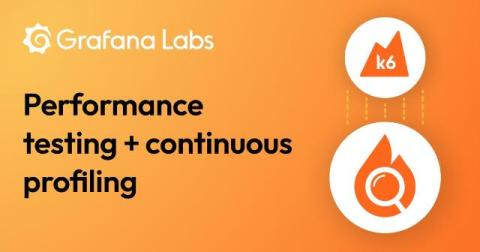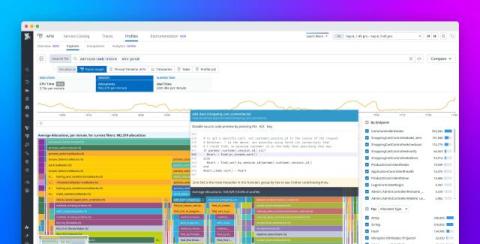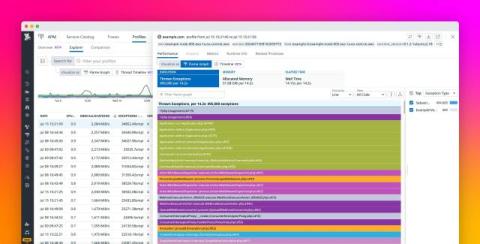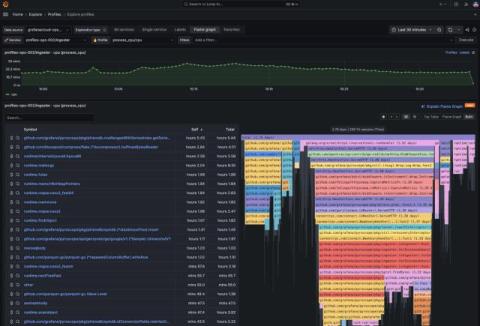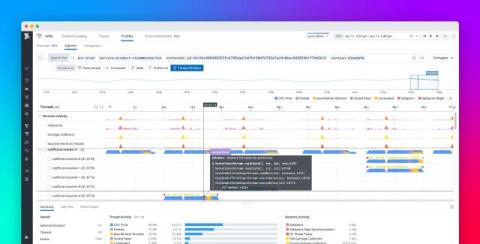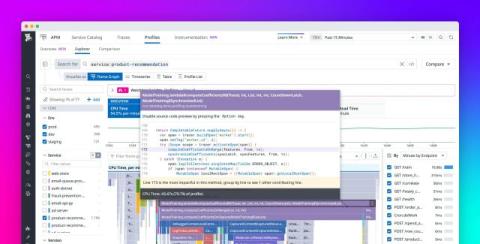How to integrate performance testing and continuous profiling for deeper application insights
A key goal of performance testing is to ensure your applications perform well under various levels of load. While critical, these tests are often conducted with minimal insight into why a system performs a certain way during testing. Metrics, logs, and traces may tell part of the story, but can miss the deeper details. This is where continuous profiling comes in.


